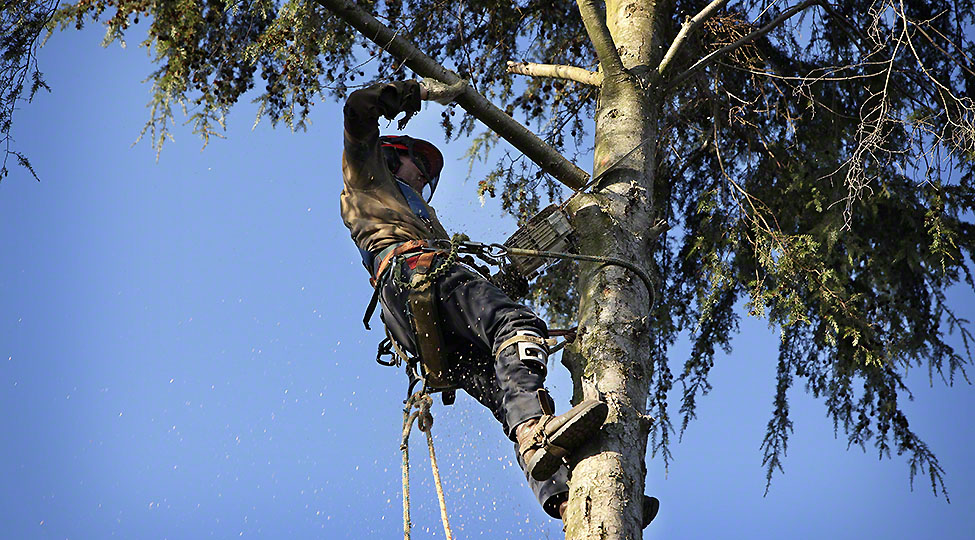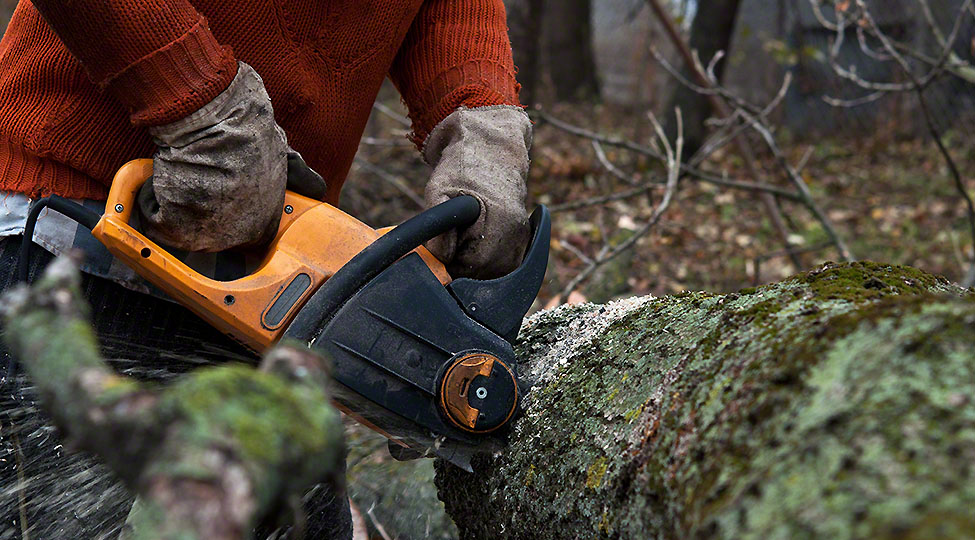Trees are an important part of the ecosystem. They help produce oxygen and are used for many other purposes. Unfortunately, not many people are aware that trees also experience and undergo stress like humans. To maintain a healthy condition, you to observe the signs & symptoms and try to fix them as soon as possible before the tree dies. Arborist services can help you in this regard. We will share some common signs of a stressed tree and what you can do to fix them.
Signs Of A Stressed Tree
Thinning Crown Or Dieback
Thinning of the crown or dieback is one of the most common signs of a tree under stress. This is usually located at the very or the crown of the tree. You will observe that a tree in such a condition will fail to grow or expand upwards and will instead consolidate its energy.
It might also be that the tree only expands sideways. In either case, you should know that something is not right. The best way to ensure there is a problem is by observing the growth pattern of the new leaves and branches.
Profuse Flowering
This might sound counterintuitive but at first, a tree full of fruits and flowers might seem extremely healthy. The only difference is that trees have a limited number of flowers or fruits appearing every season. However, if you observe that more than 70% of the foliage is flowers or a ridiculous number of fruits, it means the tree is under stress and fighting for survival.
The reason you see so many flowers is the tree’s dying efforts to spread its seeds before it breathes its last. In such a situation, you will need to put in effort and time to determine what is causing the issue. Sometimes, the tree may simply not show any signs of stress.
Therefore, you will need to dig in deep and take a look at the leaves and other major areas for any clues.
Heavy Or Repeated Pest Infection
You might come across many trees daily that experience pest infection. If the tree happens to be healthy, it forms a natural protection against intruders that help stop the attack. But that does not mean healthy trees cannot have pest infections.
Sometimes, trees may experience stress in a particular area that turns weak with time. As a result, pests and other intruders are able to identify the weak spot and attack. So, if you notice that a tree is suddenly surrounded by pests, it means the tree is under stress.
If ignored, the pests will eventually penetrate the heart of the tree and kill it. Therefore, you will have to act fast and invest in some pest-killing chemicals before they do any serious damage.
Leaf Dropping
Another sign of tree stress is leaf drop. Different trees have varying leaf-dropping patterns. Some trees drop leaves almost on a daily basis to grow and expand. However, if you observe that the leaves are thin along with the branches and it appears as if they do not have any strength, it means there is a problem.
Such trees at some point will turn bald. The new leaves will fall as soon as they come out. This is a telltale sign that the tree is lacking strength.
Leaf Discoloration
Depending on the tree, instead of shedding leaves it might simply have discolored leaves. Generally, trees tend to have green leaves. If you observe that your tree’s leaves are changing color and are turning yellow or brown, it means the tree is under stress.
It could be due to a poor pH balance, disease, or a pest infection. In such a case, you will need to consult an expert who can identify the root cause of the problem. If there is a pest infection, you will see visible signs of damage. However, if there is a pH problem, you won’t see anything but discoloration leaves. It might seem normal to you but in reality, the tree is demanding attention.
Determining the cause of leaf discoloration is important so you can either care for the tree to save it or have it removed by tree cutting services Bethesda to prevent the pest infestation from spreading.
What Causes Tree Stress?
Now that we have discussed the signs of tree stress, it is equally important for you to know the causes.
Improper Tree Installation
Improper tree installation is one of the most common causes of tree stress, which often goes ignored. Most people tend to neglect the soil condition before installing a tree. It needs to be kept in mind that different trees require varying soil conditions.
This means the soil condition and tree type should be considered before installation. Before purchasing a tree, you should check the soil condition or consult an expert to ensure proper installation. It might be that you need to change the soil or prepare the ground first for the tree to grow.
Improper Mulching Around The Tree
Mulching may seem a simple task that helps your tree grow but improper mulching can also add stress to the tree. As a result, the signs will take some time to become prominent. Heaping mulch around the tree trunks or layers over 2 inches above the roots can cause major problems for the tree.
This means that you need to keep count of the mulching layers and not overdo it. If the mulching seems excessive, you will need to dig down and remove the excess addition. Plus, make sure to remove the previous layer before adding a new one.
Otherwise, the layers will keep on adding and will eventually put the tree under stress. The key to strength and healthy growth is maintaining a balance.
Poor Tree Watering Techniques
Giving a tree insufficient or too much water can also cause tree stress. Then again, the amount of water provided depends on the type of the tree. Some trees require relatively more amounts than others. However, this does not mean you over-water them.
Furthermore, a newly planted tree requires more water. While a mature tree can survive a drought, a baby plant cannot. So, you have to be careful with the watering. Your trees should have water reaching down to the roots but at the same time, should not be installed in waterlogged soils.
Improper Tree Pruning
You might have heard many experts suggesting timely and proper pruning of the trees for healthy growth. Even though most people tend to ignore it, pruning goes a long way in ensuring perfect tree health. The reason is that neglecting or improper pruning leads to pests and other infections.
Pruning schedule and practices vary depending on the tree species. This means that you should consult or hire an expert who knows only to remove 1/3 of growth or less each pruning session and does not over-manicure the evergreen trees.
Conclusion
This guide will help you avoid practices that harm your trees and ensure health and strength for years to come. Plus, make sure you have an expert on call in situations where you observe there is something wrong but are not able to spot any visual signs. This can be a complicated situation and might be the final days of your beloved tree. You can use tree removal services Potomac who can inspect a tree and if it’s dying, they will safely cut it down.



